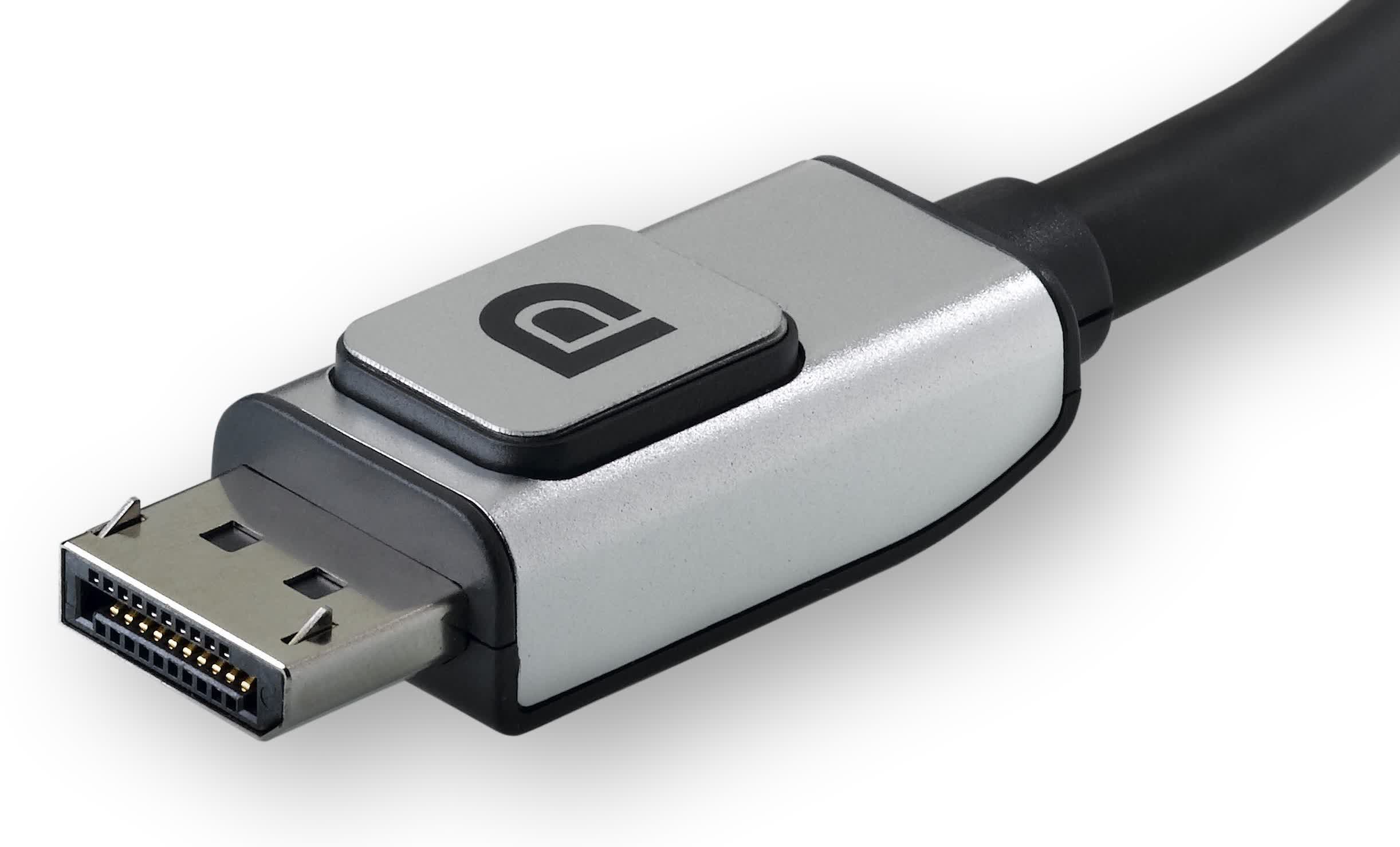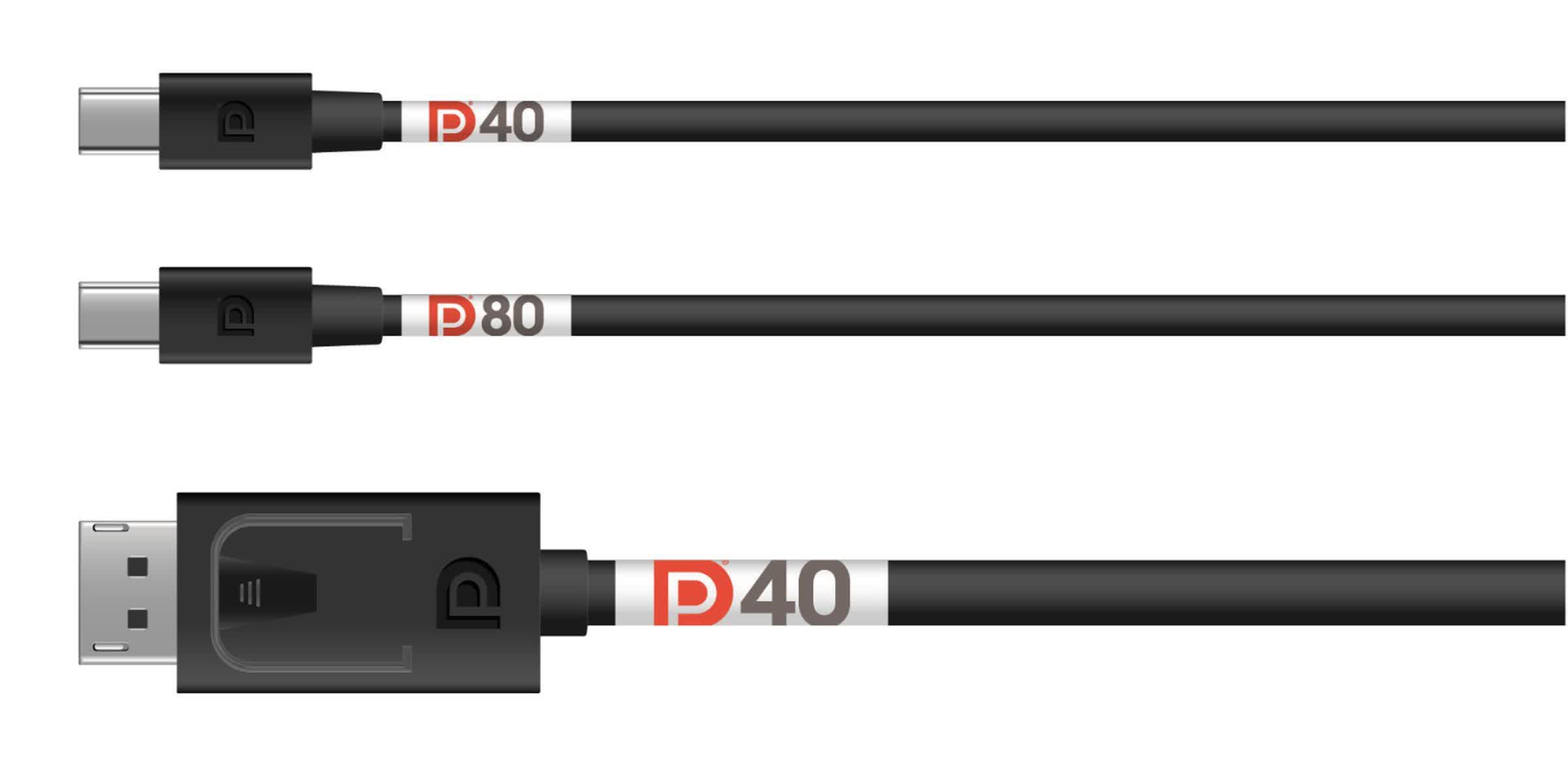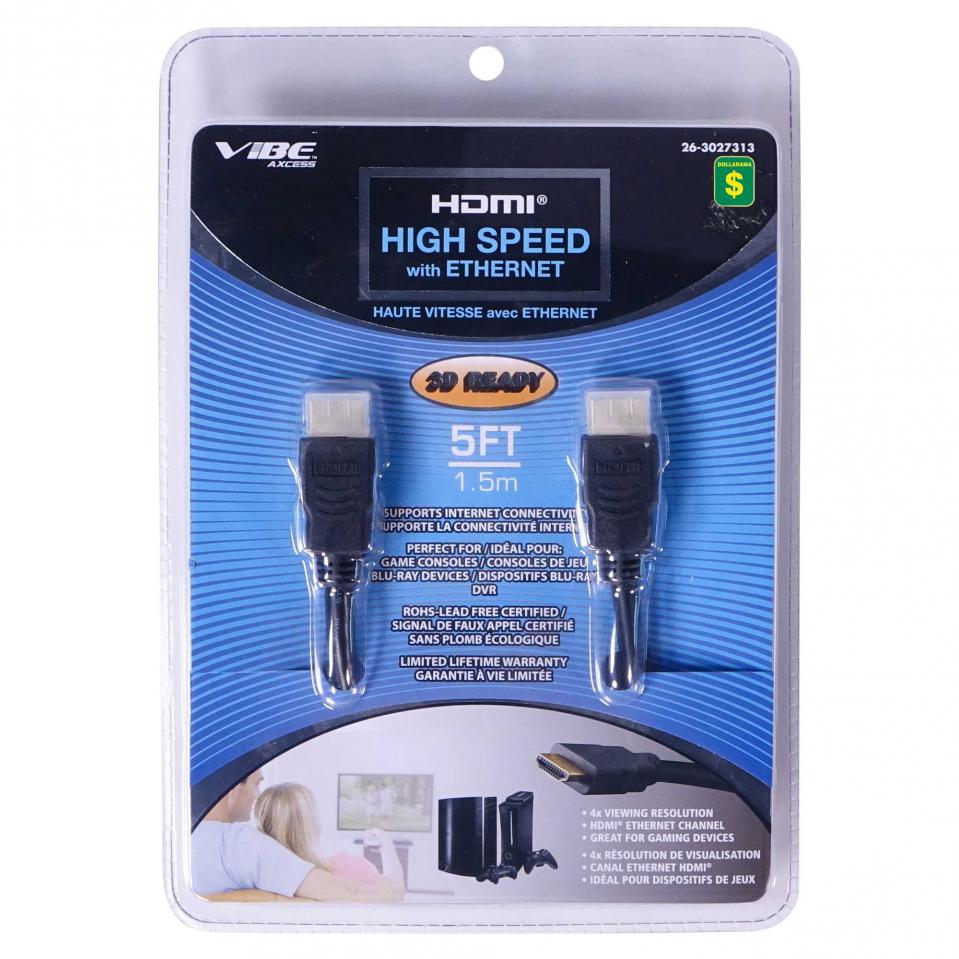In a nutshell: The new spec includes improvements to make DisplayPort tunneling through a USB4 link more efficient and, thus, allows higher concurrent data transfer speeds. DisplayPort 2.1 cables also have more stringent requirements, allowing them to be longer without compromising on the supported bandwidth.

VESA announced that it released the updated DisplayPort 2.1 specification, which continues to be backward compatible and supersedes the previous version. While the maximum supported speeds remain the same, the new standard introduces under-the-hood improvements and more stringent cable requirements.
The association claims it has been working with companies to make sure that all DP 2.0-certified products will support the newer, more demanding spec. This includes cables, docking station chips, monitor scalar chips, PHY repeater chips, and GPUs, such as Intel Arc and integrated ones from AMD's 6000 series mobile CPUs.

DisplayPort 2.1 now uses the same physical layer (PHY) specification as USB4 and adds a new bandwidth management feature enabling more efficient DisplayPort tunneling over USB4. The latest DP revision also mandates support for VESA's Display Stream Compression (DSC) codec and Panel Replay capability.
DSC bitstream support can reduce DP transport bandwidth by 67 percent, all while remaining visually lossless. Meanwhile, Panel Replay can reduce the bandwidth used by DP tunneling by over 99 percent when displaying a static image. In turn, these improvements allow for higher data transfer rates through USB4 while concurrently using DisplayPort tunneling.
VESA has also updated the requirements of DisplayPort cables, including ones with Mini DP connectors. Passive DP40 cables, which support a maximum throughput of 40 Gbps, now support lengths beyond 2 meters. Meanwhile, passive cables certified to operate at the spec's maximum capability of 80 Gbps can now be over 1 meter long.
Verification from multiple sources that @Radeon Navi 31 will support upcoming DisplayPort 2.1 specification. I am tremendously surprised that @NVIDIAGeForce 4090 only supports DP 1.4a. Props to @LinusTech for calling out the DP1.4/4090 shortcomings! https://t.co/eW84VicAZr pic.twitter.com/4fmOtcnlth
— Kyle Bennett (@KyleBennett) October 12, 2022
There have been rumors recently that AMD's Radeon RX 7000 GPUs launching in the coming weeks will support the DisplayPort 2.1 standard. In comparison, Nvidia's new GeForce RTX 4000 series only supports DP 1.4a, with the company claiming that gaming monitors supporting the latest spec are still a ways away in the future.
https://www.techspot.com/news/96351-vesa-updates-all-displayport-20-products-new-displayport.html

